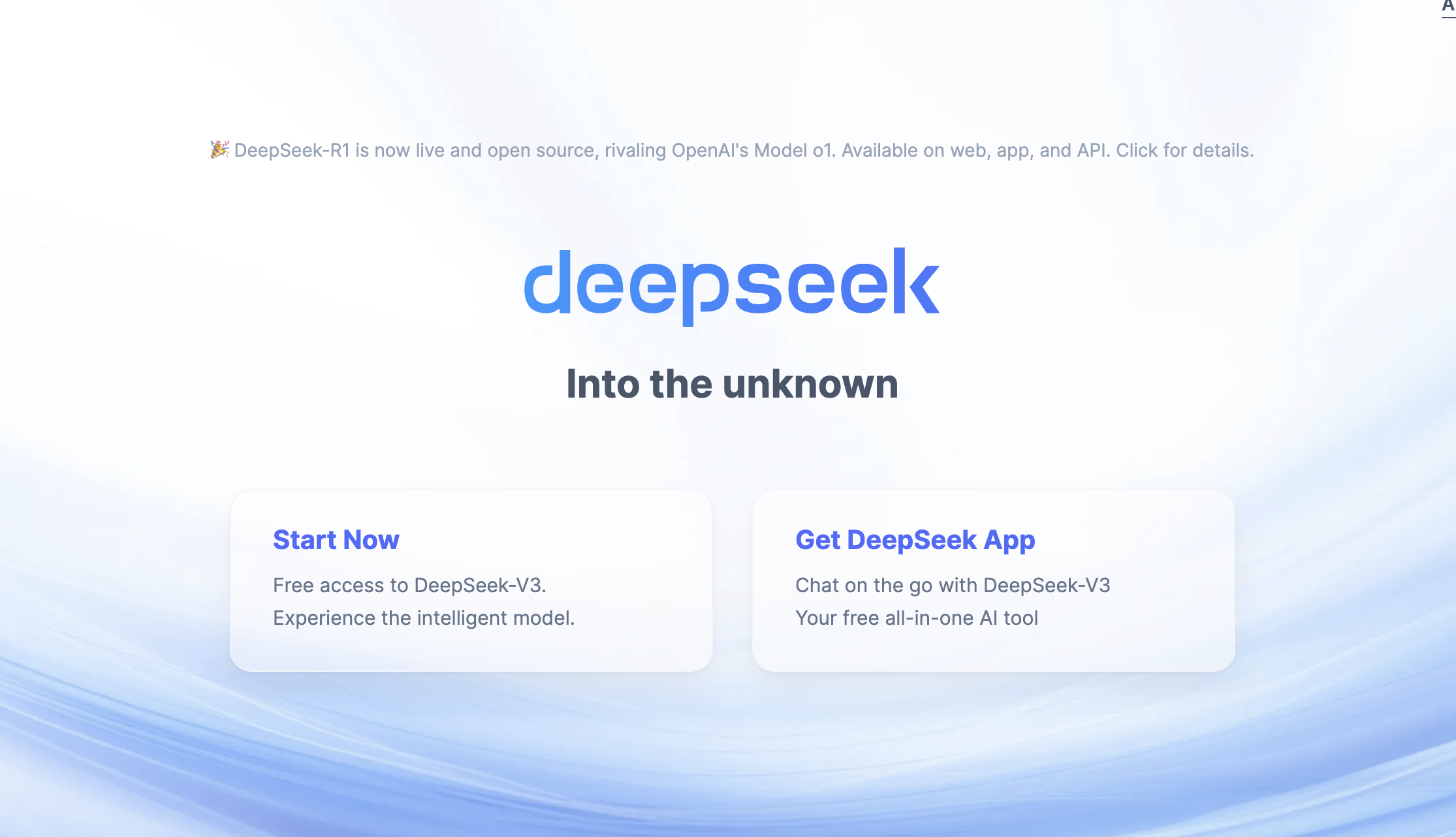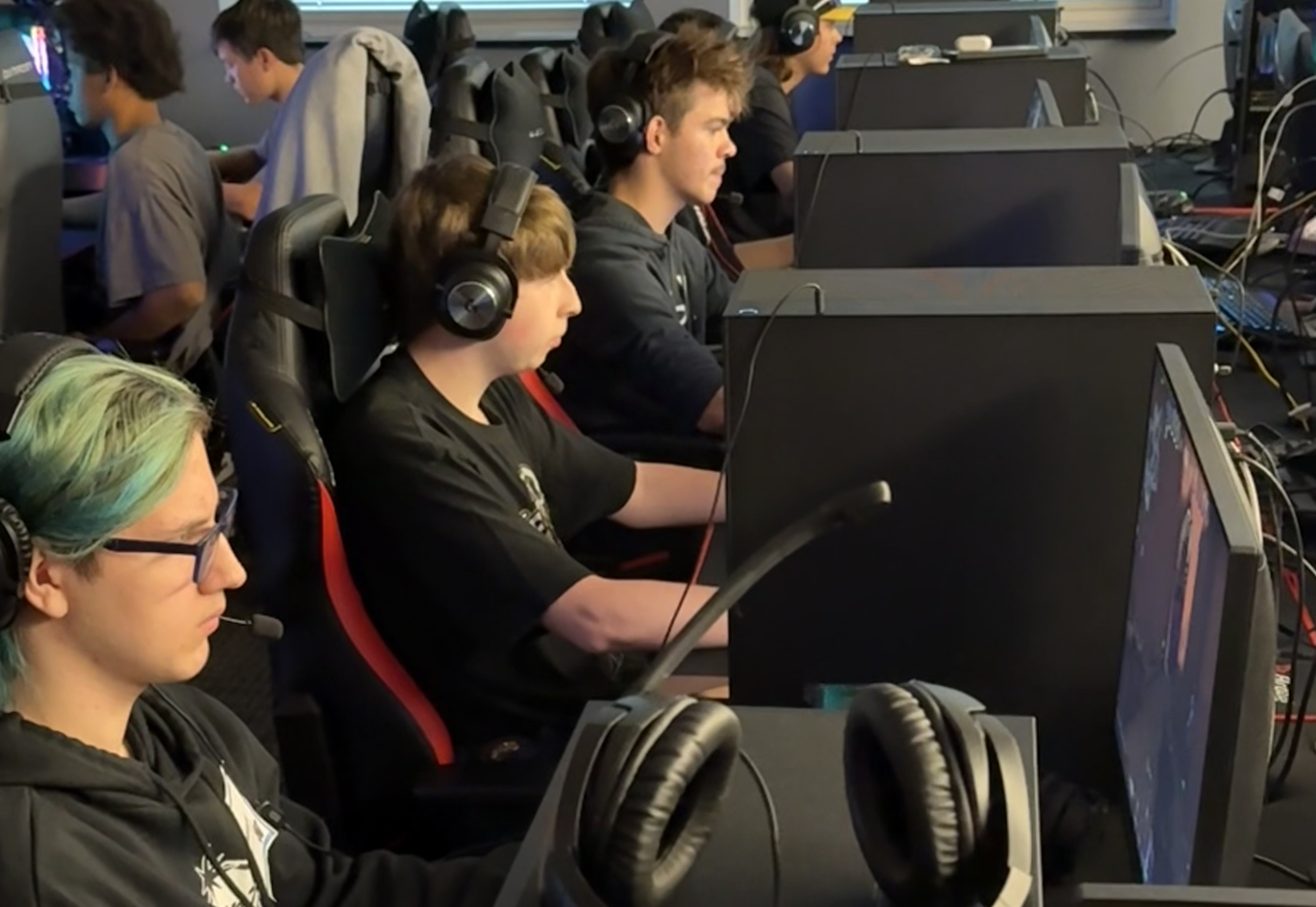DeepSeek: Everything Educators Need to Know About The New AI Model
DeepSeek R1 is a new reasoning AI model that has made the next generation of AI tools more readily available to students and teachers.

DeepSeek R1 is a new reasoning AI model that was developed in China and launched in January by DeepSeek, an AI company. The open source tool is available for free and is incredibly advanced. It quickly became the most downloaded AI tool on Apple, and has sent shockwaves through the U.S. tech industry.
AI education experts say DeepSeek R1 has particular implications for educators because of its advanced capabilities, wide accessibility, influence on the overall AI field, and more.
Here’s everything you need to know about DeepSeek R1 and education.
What is DeepSeek?
The first thing that makes DeepSeek R1 stand out is that it is a powerful reasoning model available for free to users.
“Reasoning models, like OpenAI’s o1 — the first foray into this space — 'pause to think,’” says Graham Clay, an adjunct philosophy professor and primary writer for the AutomatED, a newsletter dedicated to AI and education. “What this means is that, in the background and before producing their 'response,' they produce strings of text that express how an intelligent person would explicitly think through approaches to solving the problem, comparing a range of avenues, before pursuing the top options and retracing their steps when they hit roadblocks until they arrive at their best answer.”
Andrew Maynard, a professor at Arizona State University’s School for the Future of Innovation in Society, says reasoning models “won't just try to give you an answer back, but actually sort of think about it and think through the process.”
AI Industry Disruption
DeepSeek has led to greater accessibility for reasoning models already.
Tools and ideas to transform education. Sign up below.
“It's free, it's powerful,” says Maynard, who is also author of The Future of Being Human newsletter. “Anybody can just go onto the internet and start using it.”
But it’s not just access to DeepSeek alone that has changed. The emergence of the free tool has caused other players in the space to make their reasoning models more widely available.
"Before DeepSeek, the best reasoning models were OpenAI’s and they required you to pay $200/month for ChatGPT Pro. Now, partially because of the release of DeepSeek R1, many comparable models are available for ‘free,’ with OpenAI releasing o3-mini to all users,” Clay says. “This matters to educators because now cutting-edge models are much more widely available. The net result is that more educators and students have access to AI models that are PhD+-level across a wide range of benchmarks.”
Clay believes that to incentivize subscribers to continue to use ChatGPT Pro, OpenAI also recently announced the release of Deep Research, a tool that searches the internet and creates detailed research papers around various topics.
Open Source and Limitations
Beyond its pay structure causing disruption, DeepSeek R1’s open-source nature is sure to lead to more innovations.
“One of the things that DeepSeek did, which is a game changer, is it’s an open model, which means anybody can now download that model and change it and spread their own reasoning AI, " Maynard says. "So now you've got different companies, different individuals, different institutions, having their own reasoning AI, that can be focused on different aspects of what they want it to do.”
But not everything about the new technology is perfect. Clay says OpenAI’s o3-mini-high model is smarter and faster than DeepSeek, outperforming it on benchmarks and real-world metrics.
“There is some evidence DeepSeek R1 is less safe than o3-mini-high, in that it is more willing to answer questions with information that is dangerous,” Clay says. For instance, it might provide advice on illegal activities.
Trying Tools Like DeepSeek For Yourself
Both Maynard and Clay say that while educators don’t need to try DeepSeek in particular, they should experiment with the new generation of AI models it represents. These models have likely already started impacting some of their classes, whether they realize it or not.
“If you haven’t tried a reasoning model yet for your own uses, I recommend you start this week,” Clay says. “There are countless ways you can improve your teaching and research with these models, and their learning curve is not steep.”
Erik Ofgang is a Tech & Learning contributor. A journalist, author and educator, his work has appeared in The New York Times, the Washington Post, the Smithsonian, The Atlantic, and Associated Press. He currently teaches at Western Connecticut State University’s MFA program. While a staff writer at Connecticut Magazine he won a Society of Professional Journalism Award for his education reporting. He is interested in how humans learn and how technology can make that more effective.

